You might have your all singing, all dancing marketing automation platform, but just using a system doesn’t automatically guarantee marketing success.
Generally, platforms get the blame before anything else, and often I see people moving platform because they think a different one can solve their problems – when really it’s the failure of the marketing automation strategy. Here’s some of the reasons marketing automation can fail.
1. Not personalising the user experience
Your customers want you to know them and remember them every time they interact with your brand. However, I still see brands sending out one size fits all communications. This is problematic because internet users specifically expect and accept personalisation as a part of their online experience. Personalising your content makes the experience for your customers seem more like a conversation, which can lead to higher engagement rates. There are a number of ways to do this, one of which is dynamic content.
2. Not making decisions based on user behaviour
This is a case of companies sending unpersonalised messages regardless of how the prospect has reacted to their communications. The best way to avoid this is to trigger your messages based on how an individual person interacts with your content and then responds with relevant information.
To start with, you should first make sure you are listening to prospect behaviour, for example: pages they are visiting, emails they are opening, and links they are clicking. You may then want to pair this with a scoring model to help ascertain overall interest. With this information, you can set up triggered responses to user behaviour and start engaging in meaningful ways.
If you are using Pardot, you can do this through Engagement Studio. Other automation platforms have similar features (e.g. Salesforce Marketing Cloud’s Journey Builder)
3. Marketing efforts not being aligned with business objectives
One of the key mistakes I see marketing teams make is not tracking their KPIs (Key Performance Indicators) back to business objectives. It’s not good enough anymore to just collect open and click rate data from your emails, you need to make changes to your reporting. While these more traditional metrics can be an important measure of progress for a specific marketing activity, most of these metrics are meaningless to key stakeholders because they don’t tie directly to revenue.
Here’s some lead conversion metrics you might want to start tracking this year.
4. Lack of Sales and Marketing alignment
There’s nothing worse for a Sales team than having tons of admin on a platform that they don’t understand, or being passed leads that are not good quality. You can avoid both these scenarios by:
- Ensuring that the platforms you are using are not viewed in isolation, and are designed to enable more closely aligned sales and marketing strategy to provide more efficient revenue generation and customer experience.
- Marketing and Sales teams have aligned goals – running a Sales and Marketing alignment workshop can really help (if you need help with this, get in touch!)
You can find out more about aligning Sales and Marketing here.
5. Not utilising all your channels
Often I hear people talking about setting up a channel ‘because we should and our competitors are doing it’. However, engagement marketing is about more than being on as many channels as possible; it’s also about understanding your customers channel preferences. Once you understand this, you can start using those channels to communicate with them.
This cross-channel approach is known by some as opti-channel marketing, where you opt to use the channel your buyer prefers.
So there you have it folks! If you need help with your Pardot marketing automation strategy get in touch here.


